The world of motorsports is filled with legendary cars that have rewritten the rules and shattered records. These machines aren’t just lumps of metal and rubber; each has a story of triumph and innovation. Whether they revolutionized technology, dominated their competition, or looked cool doing it, these 7 cars have earned their spots in the racing hall of fame.
Ferrari 250 GTO (1962)
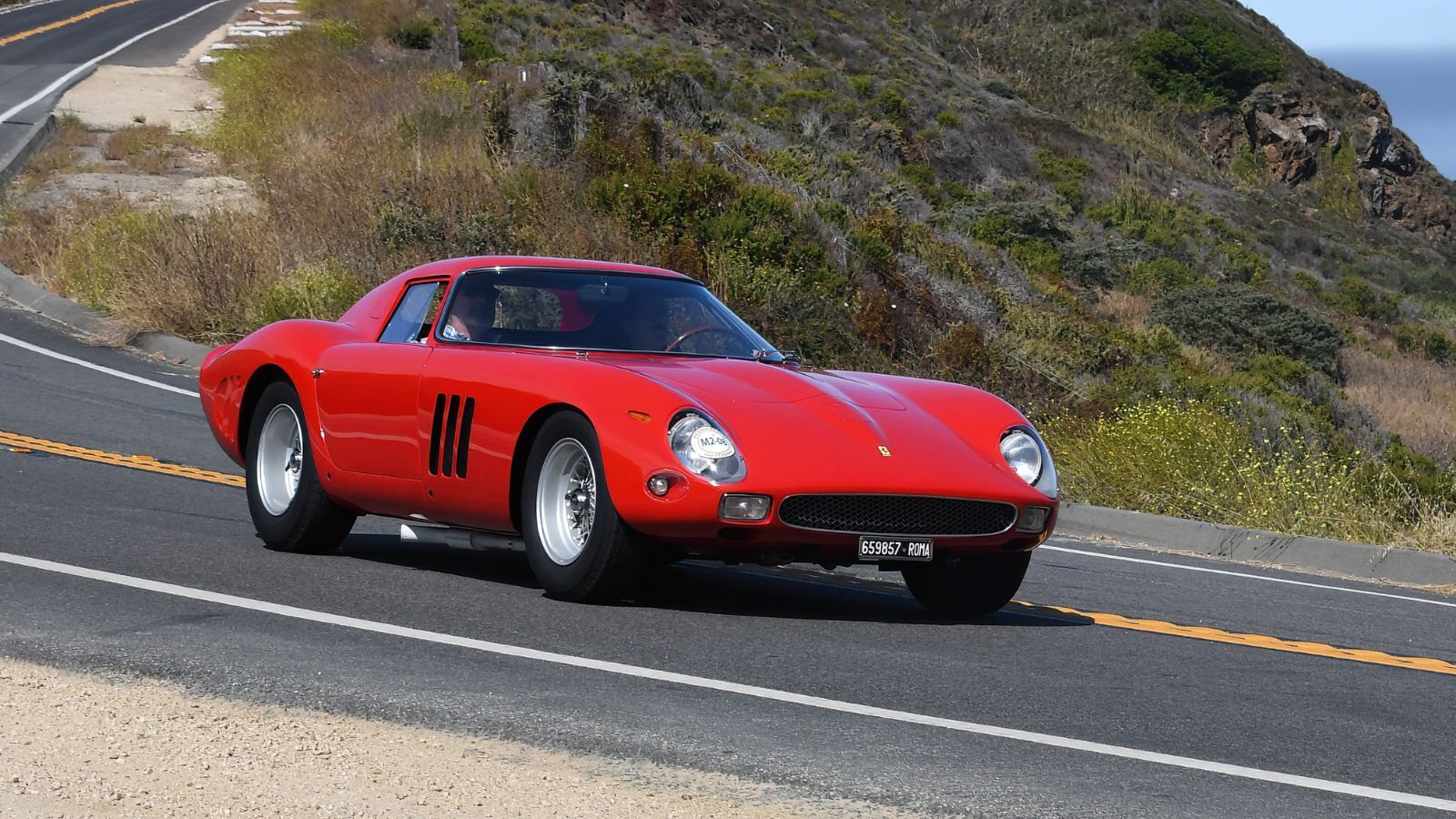
If you’re starting a list of revolutionary race cars, you might as well start with the Ferrari 250 GTO—a car so iconic that even the term “legendary” feels like an understatement. This Italian beauty was a snarling, V12-powered beast that ruled the racetrack in the early 1960s. Designed by Giotto Bizzarrini and Sergio Scaglietti, the 250 GTO could outsmart its competition in the corners and outmuscle them on the straights. Under its sleek, curvaceous body lay a 3.0-liter V12 engine that produced 300 horsepower, more than enough to send its competitors running for the hills—or rather, the pits. It dominated the World Sportscar Championship from 1962 to 1964, winning its class at the 24 Hours of Le Mans in 1962, 1963, and 1964. With only 39 examples ever made, the 250 GTO is an artifact of racing history, often fetching prices north of $70 million at auction. You could say it’s the automotive equivalent of owning the Mona Lisa, except this one can hit 174 mph.
Porsche 917 (1969)
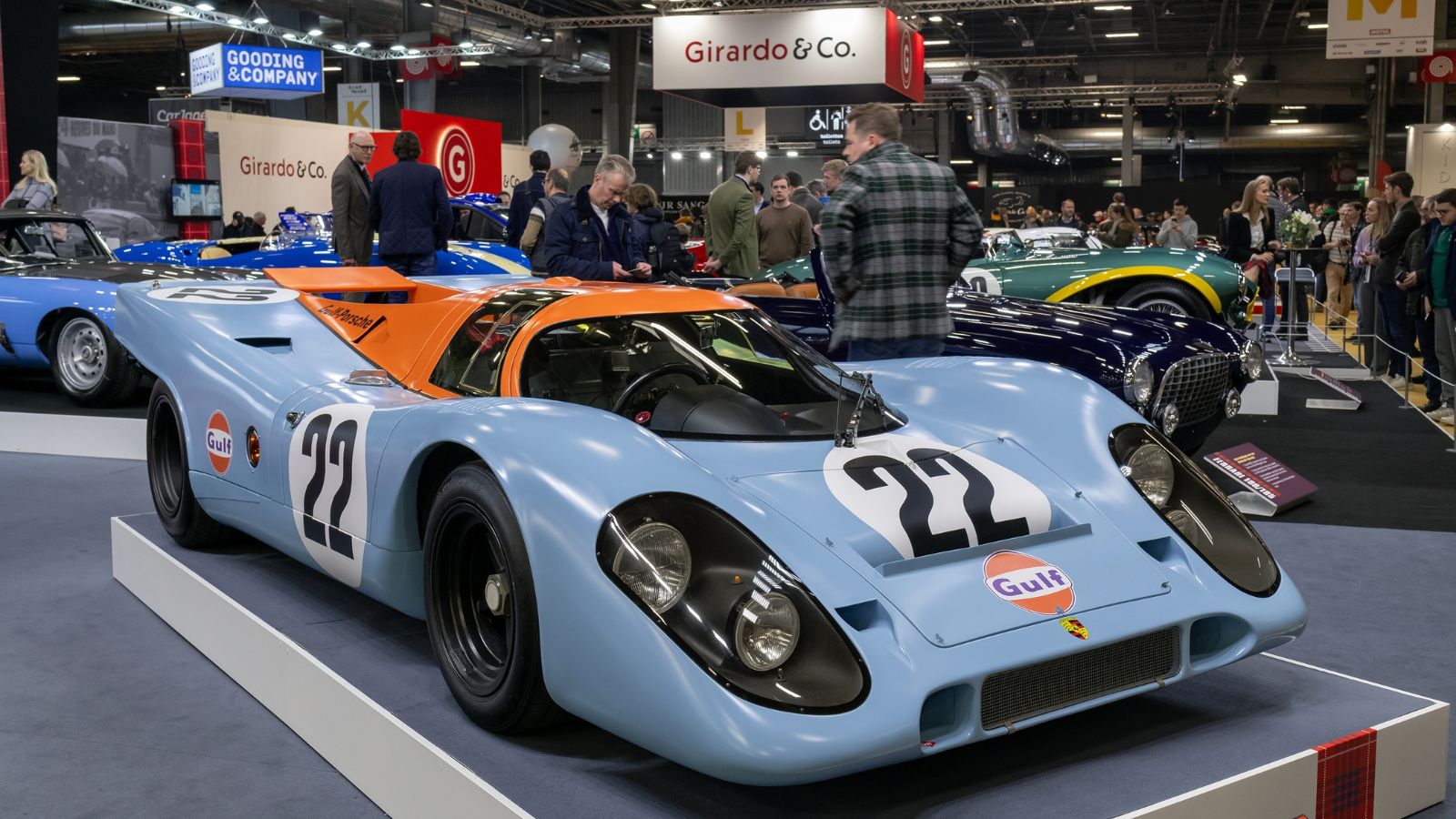
The Porsche 917 was a loud, fire-breathing declaration that Porsche wasn’t content with being a solid contender in motorsport; it wanted to be the king. And the 917 was its chariot. Unveiled in 1969, the 917 was designed to conquer the 24 Hours of Le Mans, a race that had eluded Porsche’s grasp for years. With its flat-12 engine capable of producing up to 1,100 horsepower in some configurations, the 917 was a speed demon that could hit 240 mph on the Mulsanne Straight, a stretch of track where even angels feared to tread. But the 917 wasn’t just fast; it was terrifying. Early car versions were notoriously tricky, earning the nickname “The Widowmaker.” Despite this, or perhaps because of it, the 917 became a legend after winning Le Mans in 1970 and 1971, cementing Porsche’s place at the top of the endurance racing world. Its dominance in motorsport and its role in the cult film “Le Mans” starring Steve McQueen has made the 917 one of history’s most celebrated race cars.
Ford GT40 (1964)

Born out of Henry Ford II’s desire to stick it to Enzo Ferrari after a failed business deal, the GT40 wasn’t just a race car but a grudge on wheels. Designed with one purpose in mind—to beat Ferrari at the 24 Hours of Le Mans—the GT40 combined American brute force with British engineering finesse. The result? A car that not only ended Ferrari’s winning streak but also did so with a swagger that could only be described as quintessentially American. Powered by a range of V8 engines, the GT40 could produce up to 485 horsepower, enough to propel it down the Mulsanne Straight at 200 mph. But what truly made the GT40 a game-changer was its endurance. The car famously won Le Mans four times in a row from 1966 to 1969, with the 1966 race being immortalized by a 1-2-3 finish that had Ford grinning from ear to ear and Enzo Ferrari scowling into his espresso. The GT40’s success didn’t just make Ford a motorsport powerhouse; it reshaped the entire racing landscape, proving that American manufacturers could compete—and win—on the world stage.
Lotus 49 (1967)
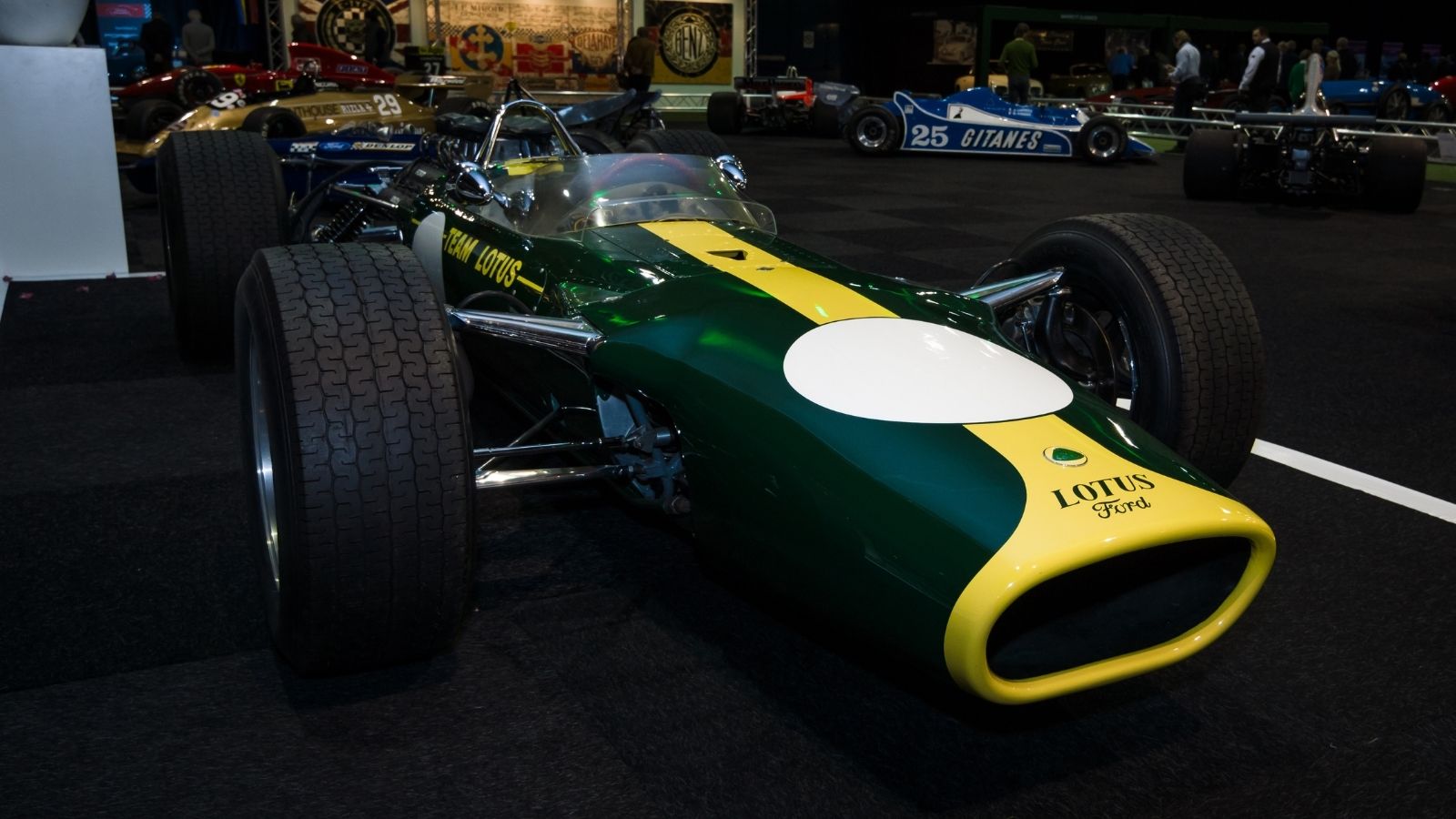
If you’ve ever wondered why Formula 1 cars look the way they do today, you can thank the Lotus 49. Designed by Colin Chapman, a man who believed that “adding power makes you faster on the straights, subtracting weight makes you faster everywhere,” the Lotus 49 was a revolution on wheels. It was the first car to integrate the engine as a stressed chassis member, a design that reduced weight and increased rigidity—a double whammy of performance gains. The Lotus 49 was powered by the legendary Ford-Cosworth DFV engine, a 3.0-liter V8 that became the gold standard in Formula 1 for over a decade. With Jim Clark behind the wheel, the Lotus 49 debuted at the 1967 Dutch Grand Prix, and it was a debut for the ages. Clark won the race, proving that Chapman’s radical design was innovative and brutally effective. The Lotus 49’s design philosophy became the blueprint for all future Formula 1 cars, and its success on the track—winning 12 Grand Prix races and helping secure two Constructors’ Championships—cemented Lotus’s place as one of the most innovative teams in the sport’s history.
Audi Quattro (1980)

When you think of rallying, you think of dirt, gravel, snow, and a car flying sideways through a forest at speeds that would make a sane person cringe. And when you think of the car that made all that possible, you think of the Audi Quattro. Introduced in 1980, the Audi Quattro was the first rally car to feature a permanent all-wheel-drive system—a game-changing innovation that left its two-wheel-drive competitors in the dust. The Quattro’s 2.1-liter inline-5 engine, paired with a turbocharger, produced a modest 197 horsepower at first, but the car’s traction really set it apart. While other cars were spinning their wheels, the Quattro was gripping the road—or the dirt, or the snow—like a mountain goat on steroids. This allowed it to dominate the World Rally Championship, winning both the drivers’ and manufacturers’ titles in 1982 and 1984. The Quattro’s success forced every other manufacturer to develop their all-wheel-drive systems, effectively changing the face of rallying forever.
McLaren MP4/4 (1988)
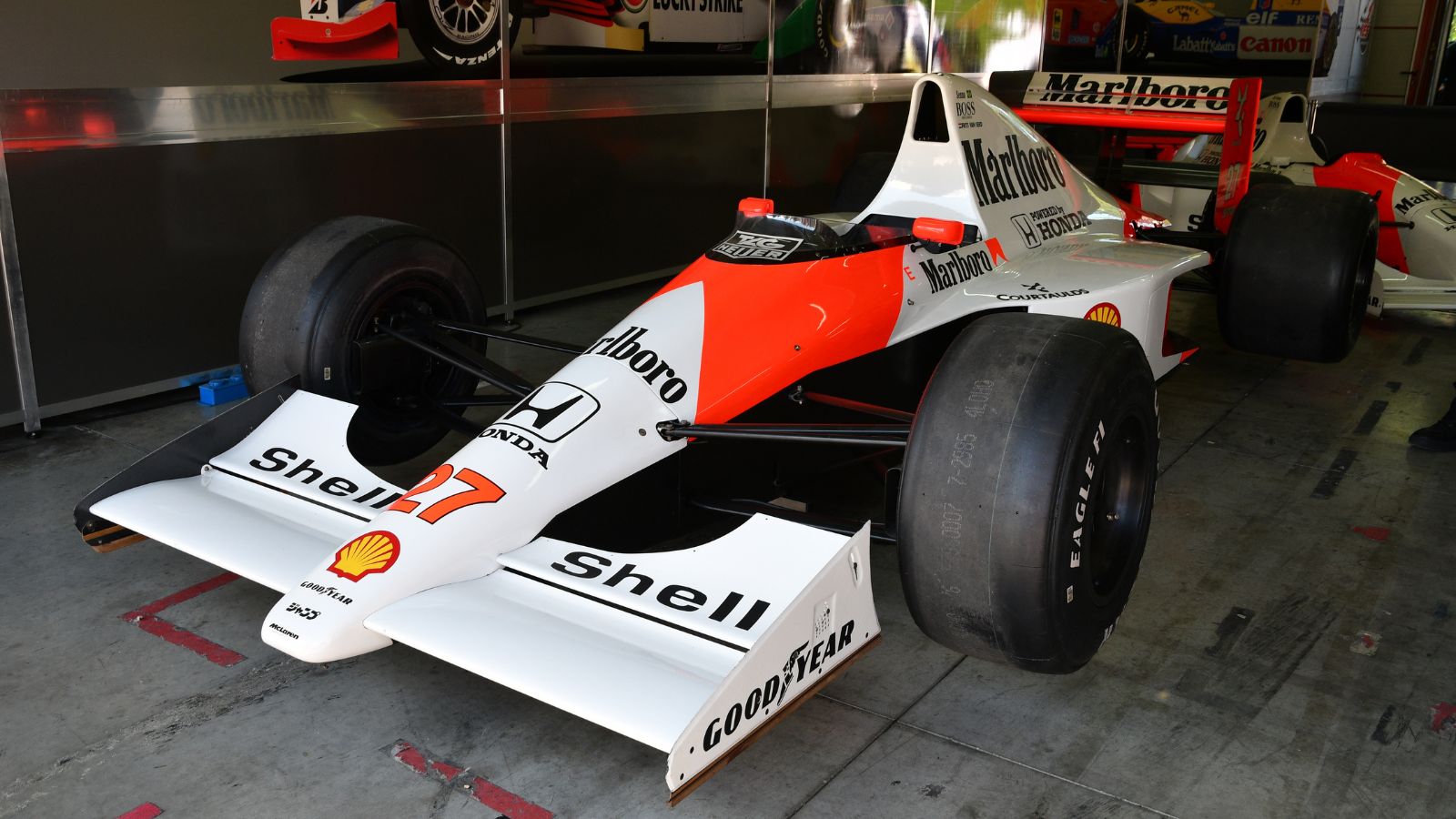
If dominance had a physical form, it would look like the McLaren MP4/4. Designed by Steve Nichols and Gordon Murray, the MP4/4 was the car that took the concept of “unbeatable” and turned it into a reality. Debuting in 1988, the MP4/4 was powered by a Honda RA168-E V6 turbo engine that produced up to 900 horsepower in qualifying trim, all while weighing in at just 540 kg. The result was a car that could out-accelerate, out-corner, and out-brake anything else on the track. In the hands of Ayrton Senna and Alain Prost, the car won 15 of the 16 races in the 1988 Formula 1 season, with Senna taking the Drivers’ Championship and McLaren securing the Constructors’ Championship in a walkover. The only race the MP4/4 didn’t win was the Italian Grand Prix, where a rare mechanical failure ended McLaren’s perfect season. However, the MP4/4 wasn’t just about raw speed but also about precision. Every aspect of the car was designed to be as efficient and effective as possible, from its low-slung, aerodynamic bodywork to its electronically-controlled suspension system.
Nissan GT-R R32 (1989)

When Nissan unveiled the GT-R R32 in 1989, it wasn’t just launching a new car but unleashing a monster. Dubbed “Godzilla” by the Australian motoring press, the R32 was a technological marvel that combined brute force with cutting-edge electronics to create a nearly unbeatable car on the racetrack. Powered by a 2.6-liter twin-turbocharged inline-six engine that produced 276 horsepower (officially—though it was more like 320 in reality), the R32 featured an advanced all-wheel-drive system known as ATTESA E-TS and a trick rear-wheel steering system called Super-HICAS. It dominated the Japanese touring car series (JTC) from 1989 to 1993, winning every championship it entered and leaving its competition in the dust. The car was so dominant that it led to changes in the rules to give other manufacturers a fighting chance—a testament to just how good it was. But the R32’s influence wasn’t confined to Japan. It also made its mark in Australia, where it famously won the Bathurst 1000 in 1991 and 1992, much to the chagrin of local V8-powered competitors. The R32’s power, technology, and all-wheel-drive grip set a new benchmark for performance cars, earning it a place in the pantheon of racing legends.
14 Supercars Under $100K That Deliver Breathtaking Speed and Style
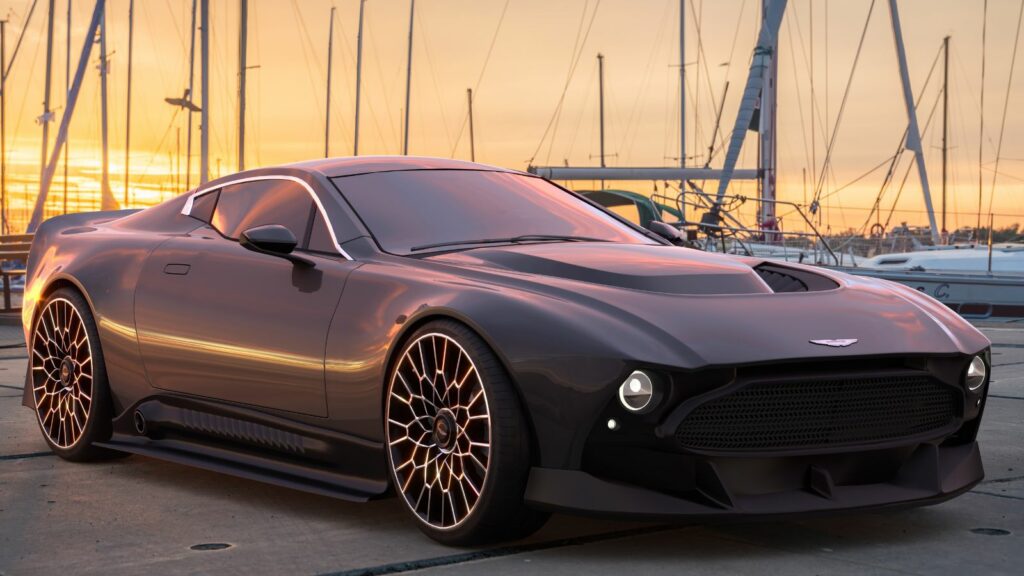
When you think of supercars, names like Ferrari, Lamborghini, and McLaren often come to mind, along with their staggering price tags. However, high-performance vehicles aren’t exclusively reserved for the super-rich. There exists a sweet spot where speed, style, and (relatively) sensible pricing converge, offering thrilling rides without completely obliterating your bank account. Hop in as we explore 14 underrated supercars under $100K.
14 Supercars Under $100K That Deliver Breathtaking Speed and Style
